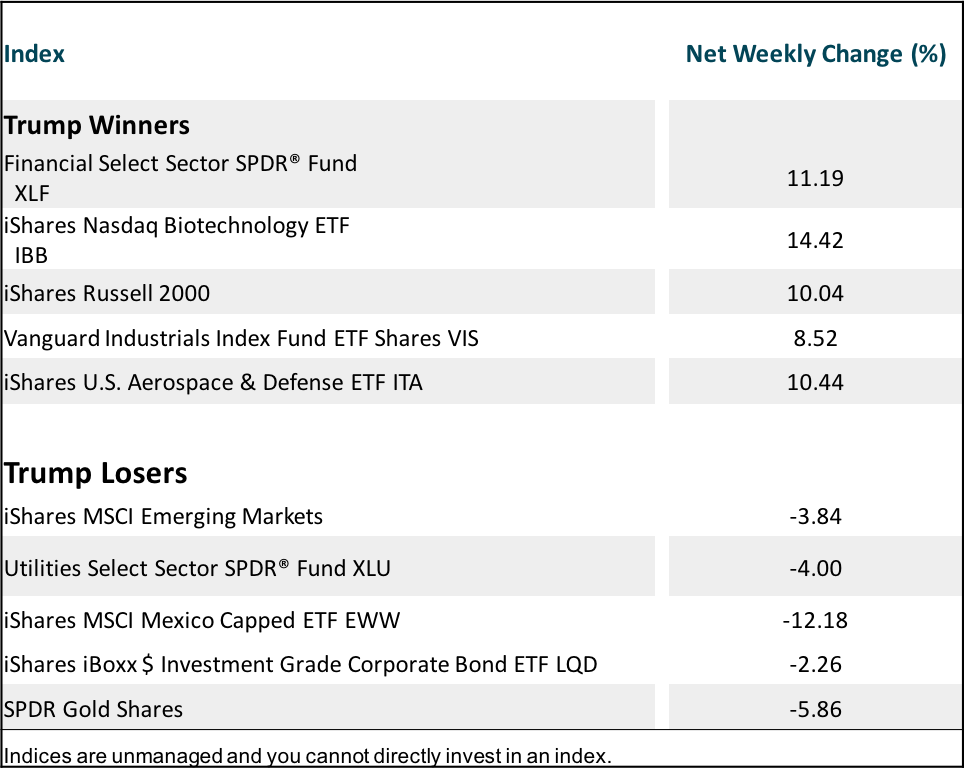The Equifax Data Breach: Was your identity stolen?
There is a very good chance that your one of the 143 million people that had your personal information stolen from the Equifax breach. I was not surprised to learn that I made this list. You can visit Equifax’s website at www.equifaxsecurity2017.com to check to see if your information was stolen. The hackers stole, Social Security numbers, addresses, birth dates, and driver’s license numbers.
You need to click on “Am I Impacted” which will direct you to the page to see if your information was stolen. Equifax is offering a free one year service of their TrustedID premier service. This isn’t much help because your information is now on the internet forever. A better option is to sign up for Credit Karma’s free credit monitoring to receive alerts. The best protection, if you do not want to pay a monthly fee the rest of your life, is to freeze your credit with all three of the main credit bureaus. Another alternative is to sign up for Lifelock. They are one of the best identity theft protection companies. They have seen a 10 fold in people who have signed up for their monthly services. There is a monthly fee to use their services.
There is no need to be concerned about a criminal stealing your money at TD Ameritrade. They will reimburse you for the cash or shares of securities you lost on your account due to unauthorized activity. There is the chance that your other accounts outside of TD might be vulnerable. You should check with other institutions to see if they offer the same guarantee as TD Ameritrade. If they don’t, I recommend that you move your money to a financial institution that does.
I decided to freeze my credit because I don’t plan on opening any new accounts. In addition, all of my assets are held at TD Ameritrade. There is a small fee to add this extra layer of security. A credit freeze only stops new credit from being opened in your name and does not impact the credit that is already opened. It can be a hassle to notify each of the credit bureaus to temporarily “thaw” your credit when you need to open new credit.
If you don’t have your credit frozen but had your identity stolen, I would recommend that you file your taxes early. The major identity scam in recent years has to do with criminals collecting refunds in your name.
Here are the steps that I went through to freeze my credit online. It took me about 15-20 minutes.
TransUnion – They charged me $5 to place the freeze and I had to set the PIN number https://freeze.transunion.com/sf/securityFreeze/landingPage.jsp
Phone number – 1-888-909-8872
Equifax – It was free and they gave me a PIN number.
https://www.freeze.equifax.com/Freeze/jsp/SFF_PersonalIDInfo.jsp
Phone number – 1-800-685-1111
Experian – They charged me $5 to place the freeze and I could set the PIN number
https://www.experian.com/ncaconline/freeze
Phone number – 1-888-397-3742
If you want to learn more about this security breach, and what to do, follow this link – https://www.consumer.ftc.gov/blog/2017/09/equifax-data-breach-what-do
Please feel free to reach out to me by phone or email, if you have any questions or concerns regarding this security breach.
Please read our disclosure statement regarding the contents of this post and our website as a whole.

